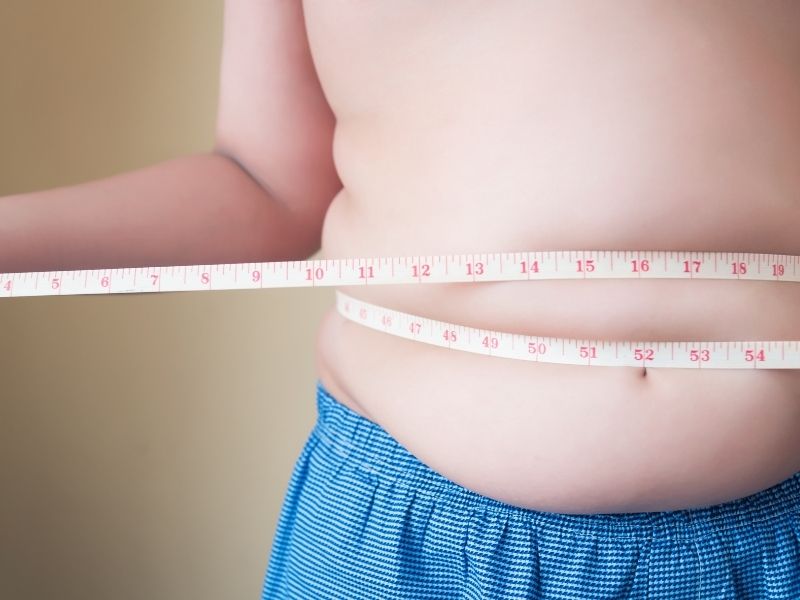According to Fiquem Sabendo, a data agency specializing in access to public information based on data from the Ministry of Health, in 2021, Brazil counted 258,874 cases of severe obesity in children aged 5 to 10.
The South region registers the most cases of severe obesity, reaching 9.68% of the child population in this age group. In the ranking among all Brazilian states, the highest rate is in Rio Grande do Sul (South, 10.68%), followed by Paraná (South, 10.01%) and Rio Grande do Norte (Northeast, 9.67%).
The Southeast is the second region with the highest number of children with severe obesity. Altogether, the percentage corresponds to 8.36% of the cases – equivalent to 82,342 children with the condition.

The region with the lowest rates is the North, with 4.57%. Moderate obesity also set a record in the South in 2021, with 12.92%.
The Ministry of Health maintains a detailed database with the nutritional situation of users of the Unified Health System (SUS), mainly in situations of social vulnerability. The database contains data from 2008 to 2022, divided by municipality.
The other clippings, such as year and age group, were made by the Post. The Food and Nutrition Surveillance System (Sisvan) gathers detailed data by age group, gender, race, and other clippings.
Sisvan registers the body fat indices based on the Body Mass Index (BMI), which expresses the relationship between the child’s weight and the square of its height.
It is used to identify overweight among children and has the advantage of being an index that will be used in other life course phases, leading to closer monitoring.
According to the Sisvan manual Guidelines for collecting and analyzing anthropometric data in health services, a child with a high weight-for-age classification may have growth problems.
In this case, it is considered severe obesity by the Ministry of Health when the child’s BMI is greater than 40kg/m².
To evaluate the children, the health teams observe the following aspects: weight per age, height per age, weight per height, and BMI per age.
“This indication is based on the knowledge that the imbalance between physiological needs and food intake causes physical changes in individuals, from malnutrition to overweight and obesity,” says the manual.
The BMI data are divided into marked thinness, eutrophy, overweight, obesity, and severe obesity for children aged 5 to 10 years. For those aged 0 to 5, there is no severe obesity data.
SEVERE THINNESS
Both obesity and thinness can be considered nutritional disorders. They correspond to problems related to inadequate food consumption, either by scarcity or excess.
The manual defines nutritional deficiency as “a situation in which general or specific deficiencies of energy and nutrients result in the onset of adverse organic health processes.
Severe thinness had a higher prevalence in the Northeast region (2.79%), equivalent to 38,229 cases.
With information from Correio Braziliense

